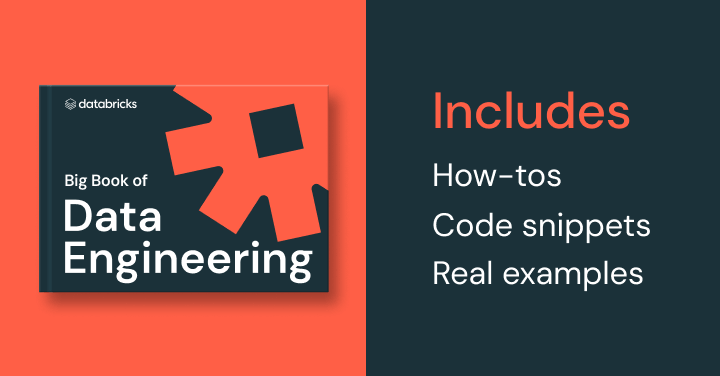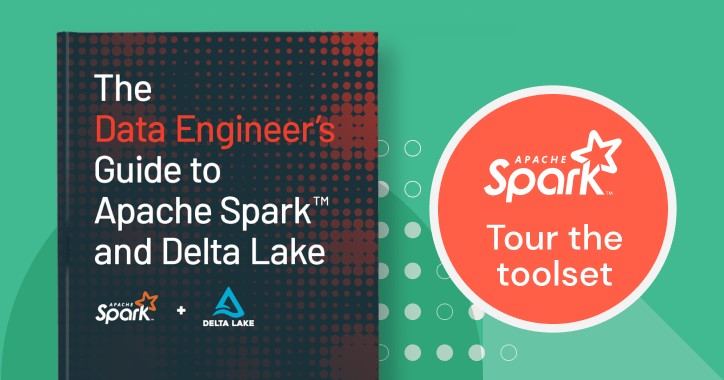PySpark
What is PySpark?
Apache Spark is written in Scala programming language. PySpark has been released in order to support the collaboration of Apache Spark and Python, it actually is a Python API for Spark. In addition, PySpark, helps you interface with Resilient Distributed Datasets (RDDs) in Apache Spark and Python programming language. This has been achieved by taking advantage of the Py4j library.

Py4J is a popular library which is integrated within PySpark and allows python to dynamically interface with JVM objects. PySpark features quite a few libraries for writing efficient programs. Furthermore, there are various external libraries that are also compatible. Here are some of them:
Here’s more to explore
PySparkSQL
A PySpark library to apply SQL-like analysis on a huge amount of structured or semi-structured data. We can also use SQL queries with PySparkSQL. It can also be connected to Apache Hive. HiveQL can be also be applied. PySparkSQL is a wrapper over the PySpark core. PySparkSQL introduced the DataFrame, a tabular representation of structured data that is similar to that of a table from a relational database management system.
MLlib
MLlib is a wrapper over the PySpark and it is Spark’s machine learning (ML) library. This library uses the data parallelism technique to store and work with data. The machine-learning API provided by the MLlib library is quite easy to use. MLlib supports many machine-learning algorithms for classification, regression, clustering, collaborative filtering, dimensionality reduction, and underlying optimization primitives.
GraphFrames
The GraphFrames is a purpose graph processing library that provides a set of APIs for performing graph analysis efficiently, using the PySpark core and PySparkSQL. It is optimized for fast distributed computing. Advantages of using PySpark: • Python is very easy to learn and implement. • It provides simple and comprehensive API. • With Python, the readability of code, maintenance, and familiarity is far better. • It features various options for data visualization, which is difficult using Scala or Java.


